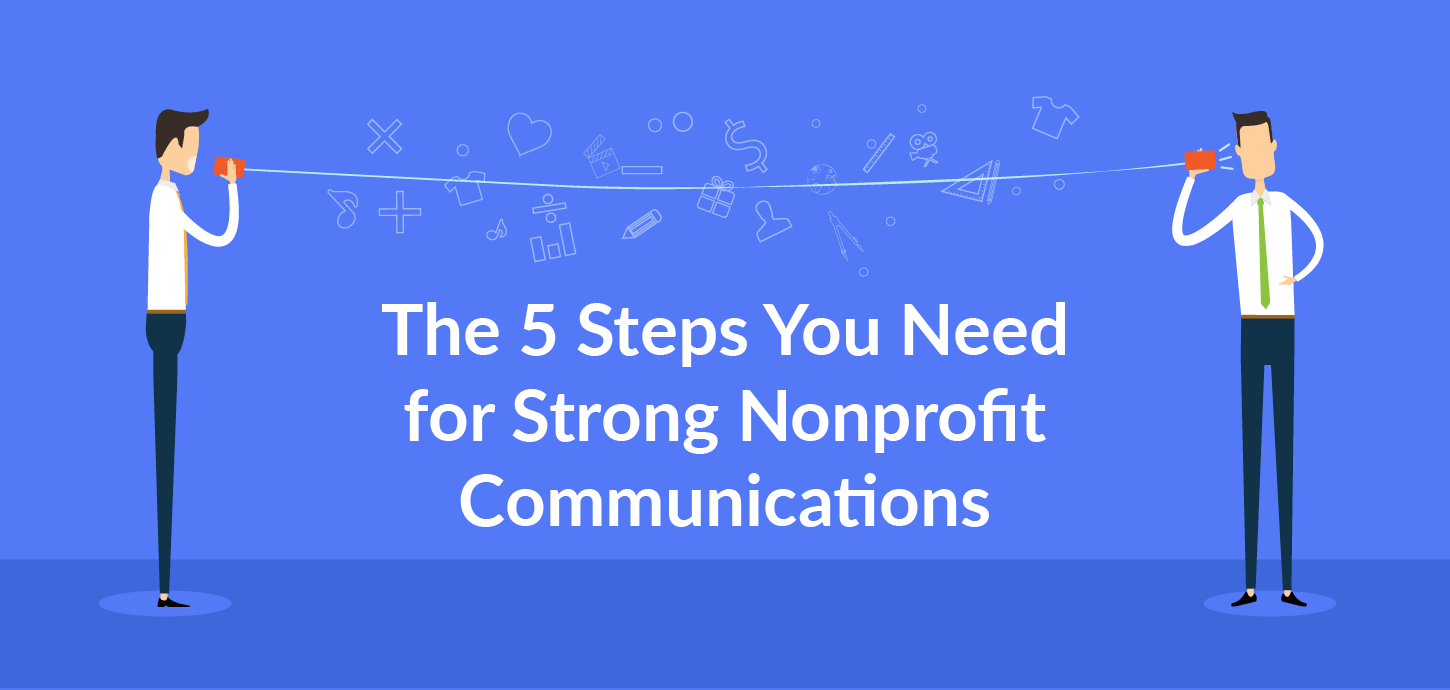Discovering the Diverse Functions and Obligations of a Nonprofit Firm in Dealing With Social Issues and Supporting Adjustment
Not-for-profit companies work as vital representatives of adjustment within culture, taking on a myriad of social problems with multifaceted techniques. Their duties prolong beyond mere solution provision; they participate in campaigning for, source mobilization, and area outreach, frequently serving as a bridge between necessary services and marginalized populations. By promoting partnerships and using culturally pertinent techniques, these organizations address the origin causes of social challenges. Yet, the complexities of their roles raise important inquiries concerning performance and sustainability. What are the implications of these varied functions on lasting area impact?
Comprehending Nonprofit Firm Functions
The performance of not-for-profit agencies depends upon a clear understanding of their varied functions within society. These companies work as crucial middlemans in between the general public, exclusive, and governmental fields, dealing with numerous social issues and promoting for modification. Nonprofit agencies commonly operate as provider, supplying essential programs and resources to underserved populaces. This duty is essential in filling gaps that may exist in public solutions, making certain that at risk groups have accessibility to required assistance.
Additionally, nonprofits play a crucial function in campaigning for, increasing recognition and affecting plan decisions that impact their areas. By involving in study and public education and learning, these companies aid shape public discourse and advertise educated decision-making - nonprofit agency. They additionally work as platforms for volunteerism, mobilizing community members to contribute their time and abilities toward collective goals
Furthermore, not-for-profit companies often serve as conveners, combining varied stakeholders to cultivate cooperation and cumulative influence. This collective strategy enhances their capability to resolve facility social problems properly. Understanding these diverse functions is vital for optimizing the capacity of nonprofit companies in developing lasting social adjustment and enhancing general neighborhood well-being.
Community Interaction and Outreach
Efficient area involvement and outreach are fundamental components of nonprofit companies' strategies to promote links and build count on within the communities they serve. These initiatives focus on recognizing neighborhood demands, advertising recognition of available sources, and motivating involvement in programs developed to resolve social concerns. Not-for-profit companies use a variety of techniques to engage with area members, such as workshops, informational sessions, and collaborative events.
Outreach campaigns serve to strengthen partnerships with varied populations, specifically marginalized groups who may deal with barriers to gain access to. By making use of culturally appropriate communication techniques and leveraging local collaborations, nonprofits can enhance their visibility and demonstrate their dedication to community empowerment. This strategy not only grows a sense of belonging but additionally increases the probability of continual interaction.
Additionally, effective community engagement goes beyond simple involvement; it includes proactively listening to neighborhood members' responses and incorporating their understandings into program development. This joint process ensures that the solutions offered are receptive, appropriate, and tailored to the one-of-a-kind challenges encountered by the area. Ultimately, cultivating strong connections via engagement and outreach can cause even more impactful interventions and a better cumulative initiative towards promoting favorable social modification.
Advocacy and Policy Influence
Advocacy acts as a vital device for nonprofit agencies to affect public plan and drive systemic adjustment. By leveraging their knowledge and area understandings, these companies can successfully stand for marginalized populations and address pushing social concerns. Nonprofits engage in advocacy with various approaches, including public understanding campaigns, grassroots mobilization, union structure, and direct lobbying of policymakers.
Via these efforts, not-for-profit companies intend to form legislation and policy frameworks that straighten with their mission and the demands of the communities they offer. They learn the facts here now conduct research study, gather data, and share compelling narratives to highlight the urgency of particular concerns, guaranteeing that decision-makers are informed and inspired to act. This process not just intensifies the voices of those impacted by social oppressions but also cultivates a much more fair and comprehensive policymaking atmosphere.
Furthermore, campaigning for efforts frequently seek to produce long-lasting architectural adjustments, dealing with source as opposed to simply easing signs and symptoms. By prioritizing plan impact, nonprofit agencies contribute to a broader understanding of social challenges and advertise solutions that can lead to lasting renovations in societal well-being. Eventually, advocacy is basic to the transformative role nonprofits play in producing a simply and fair culture.
Fundraising and Resource Monitoring
Not-for-profit companies depend on robust fundraising and resource administration strategies to support their campaigning for initiatives and sustain their missions. Efficient fundraising is crucial for making sure the availability of funds needed to implement programs and tasks that deal with pushing social concerns. This process often involves expanding earnings streams via gives, individual donations, company sponsorships, and fundraising events. By employing a multi-faceted approach, nonprofits can alleviate the threats connected with dependence on a single financing source.
Source monitoring is equally essential, as it involves the strategic allowance of both human and monetary sources to maximize impact. Nonprofits should establish budgets that line up with their objectives while guaranteeing openness and accountability to stakeholders. check here This entails regular tracking of expenditures and changing strategies as needed to optimize resource usage.

Cooperation and Collaborations
While numerous organizations pursue their missions individually, collaboration and partnerships can dramatically enhance the performance of not-for-profit companies. By interacting with various other nonprofits, government entities, and economic sector companies, nonprofits can merge resources, share proficiency, and amplify their effect on social issues. Joint efforts usually bring about ingenious services that may not be possible separately, leveraging the strengths of each companion to resolve complicated difficulties.

Ultimately, effective cooperation needs clear communication, shared objectives, and shared regard amongst partners. By welcoming a participating method, not-for-profit firms can develop sustainable networks that not just address immediate social issues but additionally contribute to long-term systemic modification, fostering a much more fair society. Via collaboration, nonprofits can flourish and maximize their possibility for meaningful impact.
Final Thought
Not-for-profit firms function as crucial entities in promoting and dealing with social problems modification within neighborhoods. Via varied functions such as community resource, advocacy, and interaction management, these organizations successfully mobilize resources and support for underserved populaces. Their joint initiatives with various stakeholders boost the capacity to affect public law and promote structural modifications. Inevitably, the diverse roles of not-for-profit agencies substantially add to the pursuit of social justice and the renovation of neighborhood well-being.
Recognizing these diverse roles is critical for optimizing the capacity of nonprofit firms in developing sustainable social adjustment and enhancing overall community well-being.
Effective area interaction and outreach are fundamental components of not-for-profit agencies' methods to cultivate links and construct trust fund within the neighborhoods they serve. By functioning together with various other nonprofits, government entities, and exclusive market companies, nonprofits can merge sources, share experience, and magnify their effect on social concerns.Not-for-profit firms serve as critical entities in attending to social issues and cultivating change within areas - nonprofit agency. Inevitably, the diverse roles of nonprofit agencies substantially contribute to see the search of social justice and the enhancement of neighborhood health